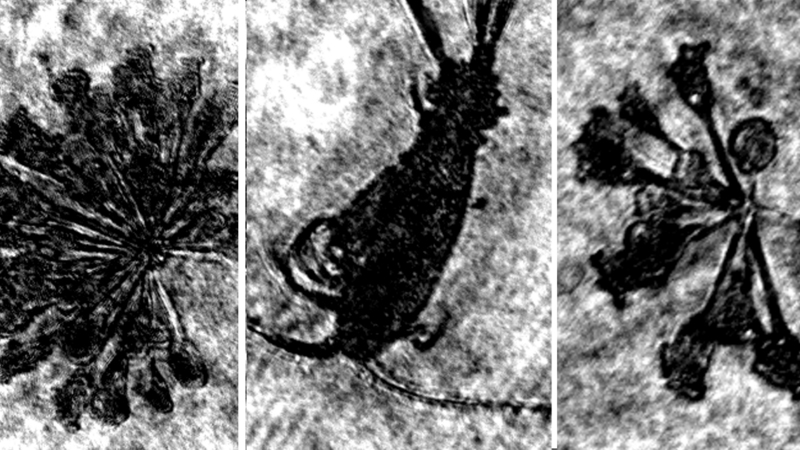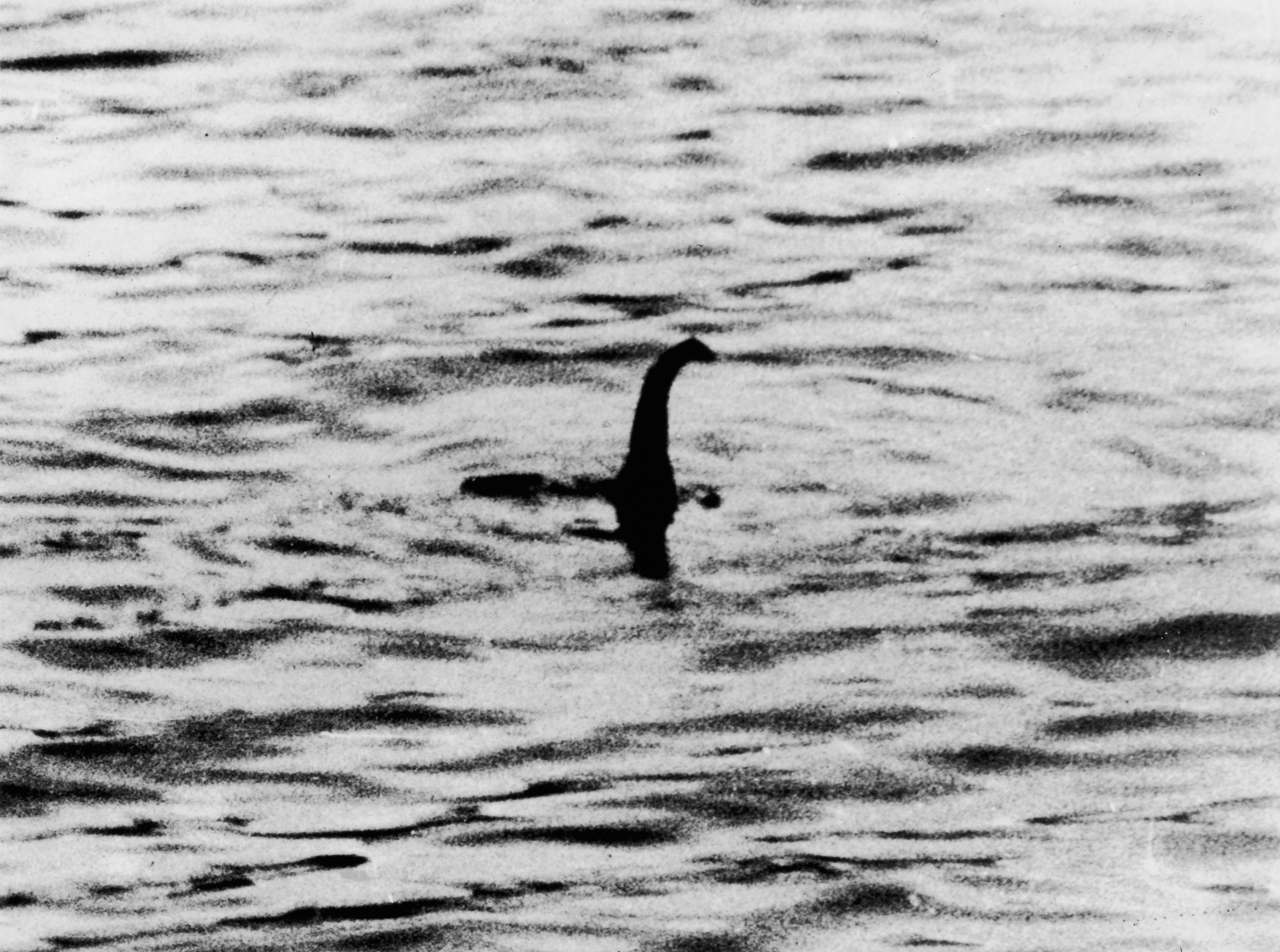
The legend of the Loch Ness monster, also known as Nessie, is a global phenomenon, a large, long necked creature said to inhabit Loch Ness in the Scottish Highlands.
Perpetually popular in the press, researchers are back at the creature’s alleged ecosystem, but this time, they’re not looking for Nessie.
Engineers from the University of Aberdeen have teamed up with the Loch Ness Center as part of their mission to uncover more about the world famous Loch, its natural inhabitants, and real inhabitants.
To do this, they employed the university’s state of the art holographic camera to capture holographic images of the microbial life that lives in the loch’s deep waters.
Dubbed the weeHoloCam, the camera can capture thousands of digital holographic images of microscopic marine organisms during one single dive, and uses the latest artificial intelligence techniques to identify the subjects of the images.
The first images captured by the camera resembled tiny monsters, Nessie’s offspring perhaps?
Sadly not, the images captured were of plankton particles.
Thangavel Thevar, from the University of Aberdeen, said: "This was a unique opportunity for us to deploy the weeHoloCam into freshwater, as it has previously only been used in ocean salt water.
"We lowered the camera to around 200 metres and were able to see lots of interesting particles which, by working with biologists, should be able to give us more information about the biodiversity of Loch Ness."
Developed in 2021, the weeHoloCam is one of the most advanced subsea holographic cameras in the world, and is also one of the most compact, and the fastest in terms of image processing time.
It was developed as part of a project funded by the Defence & Security Accelerator (DASA), a part of the Ministry of Defence to be used for a range of purposes such as studying marine habitats and wildlife, and monitoring microplastic pollution in our oceans.
At just 9 cm in diameter and 60 cm in length, the camera weighs about 3.5 kg, which combined with its ability to quickly extract images, makes it a highly unique and useful camera.

Thevar said:
“Until now, speed has been a major limiting factor in terms of wider practical applications of digital holography. But with weeHoloCam, the recorded holograms are processed in near real-time, allowing scientists to visually examine images as they come in.
“Each hologram can be considered as a stack of thousands of 2D images, but we have developed an algorithm to rapidly reconstruct these 2D images, identify particles, and extract them to create 3D versions. The processing time is much faster than existing systems, which coupled with its small size makes the weeHoloCam one of the most state-of-the-art devices of its type in the world.”
Whispers of the Loch Ness monster go back as far as the year 565, but the modern legend began when a hotel manager reported spotting a monster-like creature in the waters in 1933.
2024 marks 90 years since adventurer Sir Edward Mountain organized the first search for Nessie.
Take a look at our guides to the best cameras for wildlife photography, the best professional cameras, and the best cameras for beginners.







